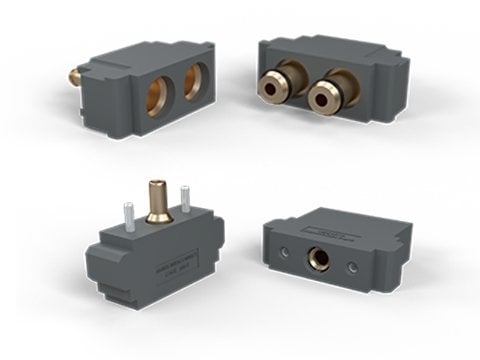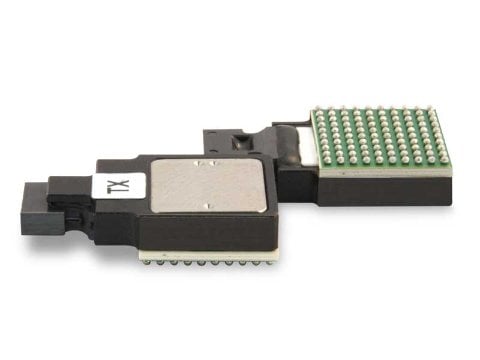- SH-100 and SHE-100 Series probes and receptacles
- 14 A and 27 A current ratings
- 7.00 oz. spring force
- 1.310" (33.27 mm) overall length.
- IDI Spring Probe technology
| Probe | Centers | Probe OAL | Max Travel | Current Rating | Mating Receptacle |
|---|---|---|---|---|---|
| SH-100 Series |
0.100 (2.54) |
1.310 (33.27) |
0.250 (6.35) |
15 A Continuous |
RH-100 Series |
| SHE-100 Series |
0.100 (2.54) |
1.310 (33.27) |
0.250 (6.35) |
8 A Continuous |
RH-100 Series |
Dimensions are in inches (mm) | All specifications are subject to change.
| Receptacle | Insertion Tool |
| RH-100 Series | RT-100 |





